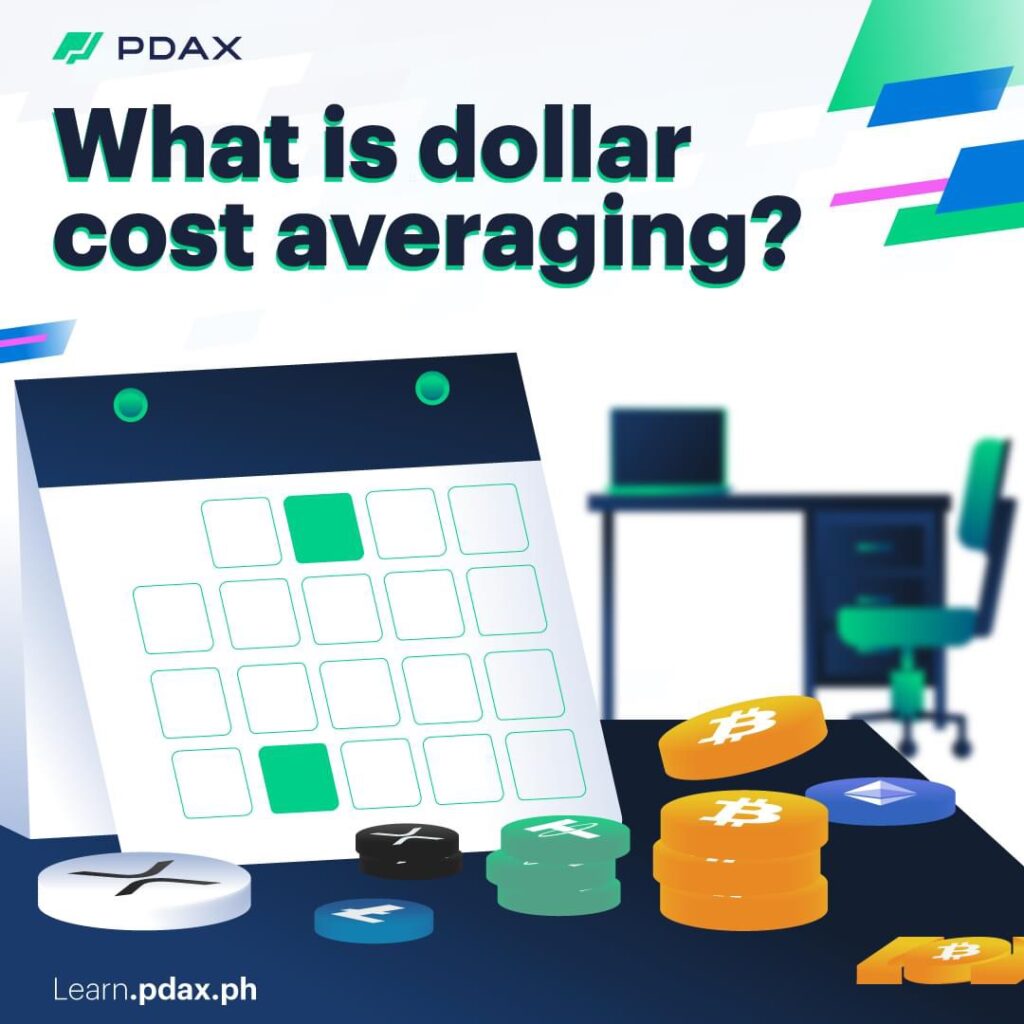Exploring Bitcoin and Peso Cost Averaging: A 2025 Guide
Last updated: March 25, 2025
The Roller Coaster Ride of Bitcoin
Back in 2020, Bitcoin went through a halving event, which sparked a bull market in 2021. Fast forward to 2024, one other halving event occurred. So, what’s next for 2025? Are we getting ready to one other bull market?
This article is delivered to you in partnership with PDAX. Ready to make your next financial move? Sign up with PDAX here!
Market Movements: A Year of Highs and Lows
The crypto landscape in 2024 witnessed a bullish surge, followed by a bearish phase in early 2025, with subsequent ups and downs. The volatility keeps traders on their toes!
Here’s a snapshot of Bitcoin’s performance over the past three months, as of March 25, 2025.
Understanding Cryptocurrency Volatility
Cryptocurrency markets are notoriously volatile, offering each risk and reward. You might need heard the saying, “high risk, high reward,” and it couldn’t be truer within the crypto space. It’s normal to see a token soar by 15% sooner or later and plunge by 65% the following. For risk-averse traders, this unpredictability could be daunting.
Introducing Dollar-Cost Averaging
Enter dollar-cost averaging—a method that helps manage risk. By investing a hard and fast sum of money at regular intervals, traders can navigate market fluctuations more easily. And the perfect part? You don’t need U.S. dollars to trade crypto. Thanks to local exchanges like PDAX, you may engage in peso-cost averaging directly.

Peso Cost Averaging: The Basics
Peso Cost Averaging (PCA) involves purchasing a selected cryptocurrency for a set sum of money at regular intervals, irrespective of the value. For example, a trader might resolve to purchase ₱5,000 value of Bitcoin every month for a 12 months.
This strategy is taken into account a risk management tool because:
- Minimizes market volatility impact: PCA lessens the effect of market swings on large asset purchases, like cryptocurrencies, that are known for his or her extreme price changes.
- Eliminates the necessity for market timing: By removing the pressure to predict market movements, PCA reduces the stress and anxiety often related to trading.
Why Opt for PCA in Crypto?
Managing Volatility: The crypto market’s inherent volatility could be harnessed through PCA, allowing investors to take care of a gradual buying pace without succumbing to pressure.
Achieving Better Purchase Prices: Over time, PCA can result in a lower average cost per token, because it involves buying more when prices are low and fewer once they are high.
Encouraging Disciplined Investing: PCA promotes a scientific approach to investing, steering clear of choices driven by fear of missing out (FOMO) or market hype.
Getting Started with PCA on PDAX
PDAX recently launched a cost-averaging feature on its platform. Here’s easy methods to start:
- Step 1: Visit PDAX and choose a token. With nearly 50 tokens available, you may explore options starting from low-cap tokens to top market cap coins.
- Step 2: Navigate to the “Trade” section and choose “Cost Averaging.”

- Step 3: Decide in your investment amount and frequency. Set a consistent plan, whether it’s day by day, weekly, or monthly.

- Step 4: Select the beginning date in your PCA strategy. Enter any promo codes if available.

- Step 5: Hit the “Place Order” button to verify your transaction and embark in your PCA journey.

Note: There could be slight differences when using the PDAX mobile app
Image Credit: bitpinas.com
